
Tweaks to the starting ships that I found quite effective, particularly in terms of increasing their fuel efficiency without any downsides. There are some good guides on designing new ships from scratch, and Steam Workshop support is coming, but I thought this might be helpful to players who are just starting with ship editing, as well as players who are interested in maintaining a vanilla experience. Nothing fancy here. I might add to it later, but for now I just want to make what I have available.
Increasing Fuel Efficiency
Fuel efficiency doesn’t help you win battles, but it sure helps you get around. It makes it easier to create and use your own small trike groups. It can make it easier to have more ships in your fleet. It also saves you money.
Two major things affect a number of the starting designs, especially with the light ships:
- They have no static thrust engines
- They use inefficient maneuvering engines
The efficiency of each engine varies depending on the overall tonnage of the ship. On a large ship, adding an RD-51 static engine may be more efficient than a D-30S, even though a D-30S is far more efficient on a light ship, for example.
Fenek D-30S
Here’s an image of the starting Fenek, as it comes with the game:
The Fenek is not really a combat ship. It’s more about firing its four R-9 Sprint air defense missiles at long-range missiles and aircraft attacking your fleet. However, it’d be nice to not have ships like this slurping fuel any faster than they have to.
The Fenek comes with two NK-25 maneuvering engines. They’re even called “gas-guzzlers” in the in-game description, and they’re particularly bad on a ship as light as this one.
Here’s a revised Fenek:
Of the starter ships, the Fenek turned out to be the easiest to revise.
I began by simply replacing each NK-25 with a D-30. However, this reduced the speed by a third. That didn’t seem very interesting. Next, I tried removing the generator directly below the ammo and replacing it with a D-30S engine. That was a big improvement. Now I just had to figure out how to add space to put the generator back in.
The solution I chose was to move each leg down by exactly one small square. This increased the 1×2 area beneath each gun to a 2×2 area. I then removed the 1×2 frame piece and installed a 2×2 frame on each side. Now everything fit.
The result is both faster and more fuel efficient, allowing it to travel further on a given quantity of fuel.
I also made a couple of other small changes to save weight:
– I replaced the landing leg frames to triangles, since nothing else connects to them.
– I also reduced the size of the lower segment of each leg to the smallest segment.
Some obvious flaws remain that carried over from the original:
– The two outer fuel tanks are fully exposed
– There are no fire suppression modules
– The engines have no protection
– There are no escape pods
In testing, I found that adding two steel triangles to each side, one right next to the outer fuel tank, and a second triangle directly above it, partially protecting the engine, are more beneficial than changing the frame the fuel tank actually sits in to steel. As a side effect, this also allows adding two missiles. However, I found adding fire suppression or escape pods quite heavy for this ship.
Changing the squares the R-9 Sprint missiles are mounted on to triangles will compensate for the weight of the added triangles on the sides.
Of course, that only helps at Difficulty 1. Beyond that and nothing will keep this ship alive. So, whether you want to bother with the triangles is up to you, but it’s something you can keep it in mind for other designs.
Rook D-30S
Here’s an image of the starting Rook, as it comes with the game:
The Rook is a low-budget bomber. With only one 37mm autocannon, there isn’t much it can do once enemies do get off the ground. Typically, this means it needs to strike fast and then retreat to allow a combat ship to come in and finish off the remainder of the garrison.
At first glance, it’s tempting to simply use the Navarin, since it can carry two bombs and is capable of fighting after dropping them. If you get good with bombs however, having one Rook can be worthwhile simply to have four bombs instead of two. In addition, putting bombs on the Navarin means that it will need to drop its bombs in every fight to reduce its weight and gain maneuverability, which is a waste of money. Or, if you don’t drop the bombs, they will often get blown off.
Once you get to heavier ships, the weight of the bombs can become insignificant, but they will still get blown off if it fights in regular battles.
So, as a one-trick pony, the Rook should only be used in surprise attacks against garrisons. In order to make a surprise attack, it needs to leave the main fleet and attack with one or two other ships. Fuel efficiency is valuable both for traveling around normally, and even more so for traveling separately to make surprise attacks. More speed is valuable to help it retreat after dropping its bombs and for traveling separately on the map.
These stats can be substantially improved on the Rook in the same way as with the Fenek.
Move the legs down one small square. This time it’s not the generator that needs to be moved, but the gun. Move it up one square and move the ammo to one side. Now add the D-30S engine where the gun was, and replace the NK-25 engines with D-30s.
In this image, I also changed the landing gear frames into full squares. This allowed me to add a small steel triangle to each side to mount a pair of flare dispensers. As a bomber, missiles are often fired at it from the ground.
The lower segment of each landing leg was changed to the smallest size.
I also added a second fire extinguisher in the available space and changed the small squares behind the escape pods to steel triangles for a few more hit points. I don’t know if the smaller shape makes it easier to hit the escape pods, but if the frame goes, the escape pod goes with it, regardless.
Ideally, I would like the bottom three 2×2 squares to be steel, but that undoes a lot of the gains.
Perhaps the thing to do is to remove the armor on the sides and replace it with a small steel frame instead. Then the reduced weight could be used to make the bottom 2×2 squares out of steel.
Adding armor or framing beneath the bottom 2×2 squares doesn’t work well because of the bombs.
Voskhod X2 D-30S
Here’s an image of the starting Voskhod X2, as it comes with the game:
With a fuel consumption rate of 377 t per 1000 km, this expensive Electronics Warfare ship is a bit of a fuel hog, especially considering that it has no armor whatsoever to weigh it down.
It has no static thrust engines, and it uses four NK-25 engines, so there’s room for improvement.
Looking at the one square gap on each side of the fuel tank between the fuel tank and the frame for the legs, I chose to move the legs one small square further apart on each side. Then I removed the steel frame segments to make room for a 2×2 frame square on each side. Then I added two D-30S engines and replaced the four NK-25 engines with D-30 engines. These changes reduced the fuel consumption dramatically.
Other changes:
– Moved the IRS-1 down one small square to clear all obstructions and achieve the full 300 km range.
– Added an R-9 Sprint defense missile to either side of the IRS-1 tower.
– Removed the two small triangles located next to the two top escape pods, thus clearing the way to mount two more R-9 Spring defense missiles on the top, one next to each escape pod.
– Replaced the two small steel squares directly below each ELINT with steel triangles to reduce weight a tiny bit.
– Added two small triangles, one on the opposite side of each engine from the IRS tower, to add two more escape pods, bringing it to full coverage.
– I adjusted the angle of the upper leg segments, but they’re otherwise unchanged.
This results in a final fuel consumption of 246, which is 131 lower.
Skylark Tweaks
The Skylark serves double duty as a scout and as a small tanker when you send out a small group. It already comes with D-30S static thrust engines and D-30 maneuvering engines, so we won’t be talking about fuel efficiency. There are some other simple changes that I think are worth doing though.
1) While you never want the Skylark to end up in tactical combat, if it happens, the Skylark has a really hard time moving sideways. Since it has four static engines, you can turn the outer two sideways, leaving the bottom two facing down. The two mounted sideways will now provide lateral thrust. Don’t expect any miracles, but it’s better, and it will help you get it to the retreat market if it ends up in combat. This won’t have any effect on strategic map movement. I did try changing two of the static engines to D-30 engines, but I wasn’t happy with the increase in fuel consumption.
2) Move the escape pod down to the small triangle attached to the bridge. Now add a second one on the other side to reach full capacity.
3) The Skylark has an infrared system, but nearly a third of its range is lost due to obstruction from the radar tower. The maximum infrared range of 300 km is already super short, so in my opinion, either add a second one on the other side of the radar tower, or remove it.
In the example, I moved the IRS-1 one square to the left. Then I added a second one on the other side. Together they achieve the maximum IR range. Lastly I moved the ELINT down one square since it can do so without any obstructions.
4) I adjusted the angle of the upper leg segment and replaced the lower leg segment with the smallest sized segment.
Nevarin Tweaks
The Nevarin is a light combat ship with a wide variety of equipment compared with other early ships. It has two 57mm autocannons, two missiles, six flare dispensers/launchers, and two bombs.
It’s becoming common for people to add armor to the Nevarin, but there are some other things you can do to increase the damage it can take.
Here’s a picture of the Nevarin as it comes with the game for reference:
As with other ships in this guide, we’re going to add a D-30S engine. Unfortunately, while this allowed replacing the NK-25s with D-30s in the other examples, the Nevarin already uses D-30s. It does still reduce the fuel consumption slightly, but the main benefit is a large increase in speed and the thrust-to-weight ratio. Other tweaks to improve the structural integrity will end up bringing the fuel consumption down to 150, which is 5 lower than the original.
- The first thing is to set the two fuel tanks and the fire extinguisher at the bottom center to the side, along with the bombs.
- Now remove the two 2×2 frames the legs are attached to.
- Leave the 2×1 section beneath the ammo, but replace the small frame pieces below that with a 2×2 square and place a D-30S engine in it.
- Add a steel 2×2 section beneath each of the guns, then add a steel 2×2 section with one corner cut off to either side of the D-30S. They should be lined up with it.
- Place the fire extinguisher beneath the ammo. Place a fuel tank beneath each gun.
- Re-attach the bombs if you want them, or discard them if you don’t.
- Re-attach the upper leg segment with a slight angle. Discard the lower segments. Add the smallest sized segments to the bottom of each leg.
- Replace the small squares beneath the top two flare dispensers and the escape pods with steel triangles.
- I recommend saving your progress.
- Next, remove the two lower D-30 engines so you can see around them clearly.
- Looking at the steel framing that wraps around the engine, add a small steel triangle to connect that framing to the steel square the missile is attached to. This protective framing was only connected at one point at the bottom. If this point was destroyed, it would all fall off. This triangle will provide a second connection, which helps a lot. Also add a small steel triangle between this framing and the landing legs. A small square works too, but a triangle is lighter.
- Note the frame around the side and lower engine actually provides more protection than changing the 2×2 engine square itself to steel. Obviously doing both would be stronger, but we’re on a tight weight budget. This is a good trick to keep in mind when armor is too heavy to be an option.
- Could possibly remove a lower flare launcher from each side. Up to you.
- Put the two lower D-30 engines back on.
In my testing with just adding the D-30S engine and not strengthening the above components, I found that the enemy would quickly hit a fuel tank and everything below the top row of 2×2 squares would fall off.
During a campaign, a good upgrade can be to replace the 57mm autocannons with 100mm cannons (the AK-100). The 130mm D-80 MOLOT will also fit without needing any changes, but it costs a lot more, so it might be better used on a larger ship.
Changes made during a campaign don’t overwrite the design of the ship when starting a new campaign, but changes made in the Shipworks do.
I see a lot of people talking about much more sweeping changes, covering it with armor and adding more engines to compensate. IMO that’s not really a Navarin anymore. That’s a new class that used the Navarin as a base.
Hope you enjoy the Guide about HighFleet – Building Tips for Making Ships and Best Ideas, if you think we should add extra information or forget something, please let us know via comment below, and we will do our best to fix or update as soon as possible! also you can check the original post here.
- All HighFleet Posts List


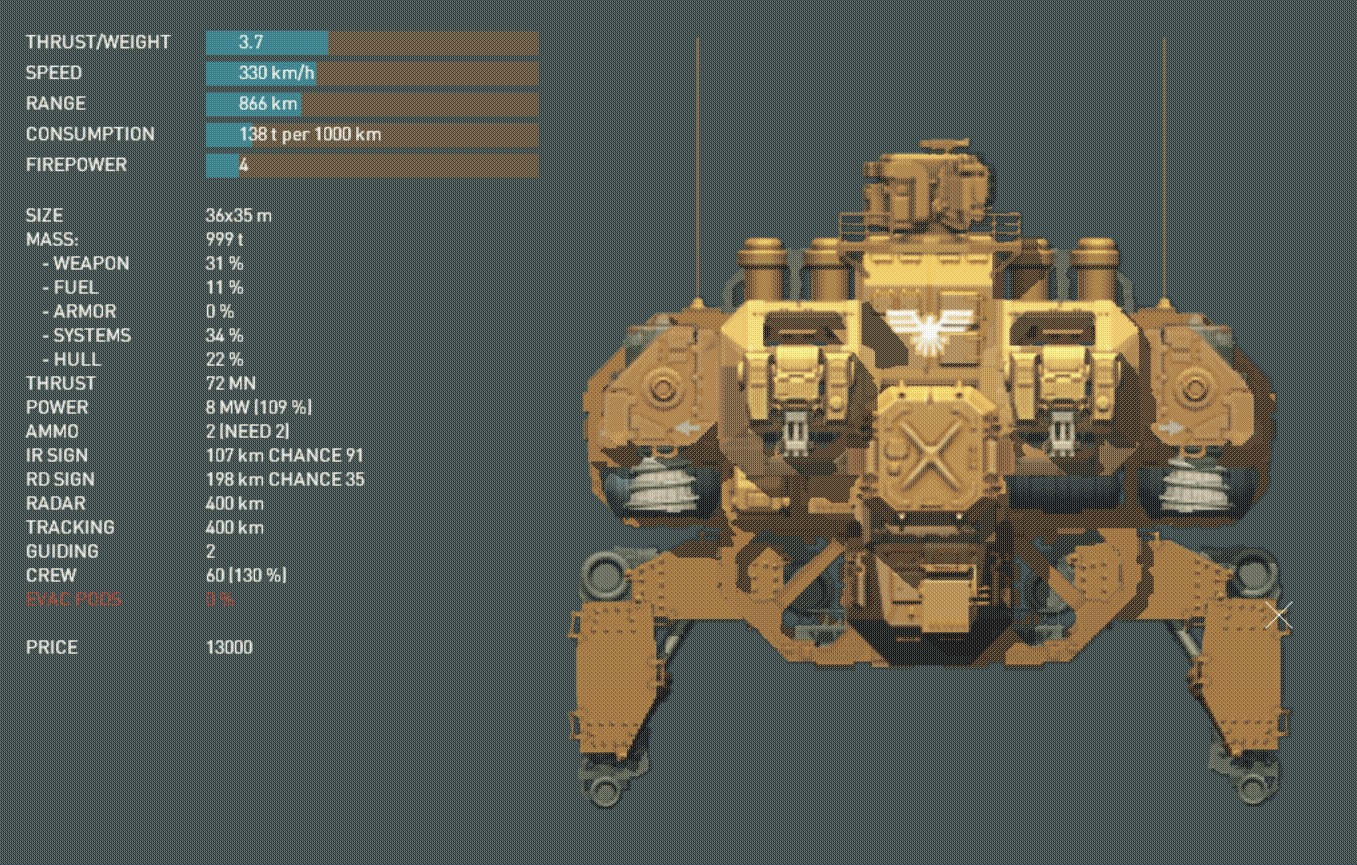
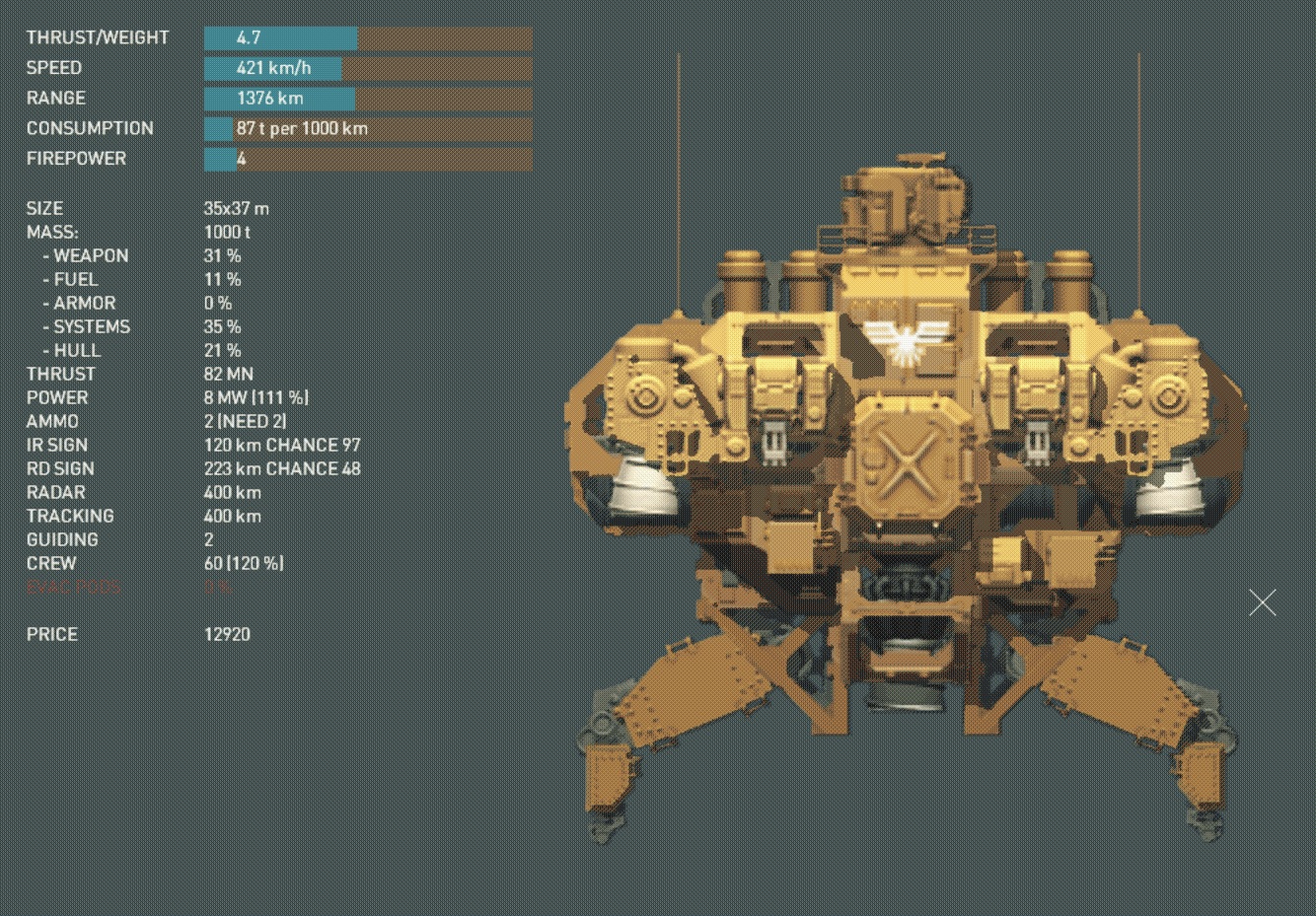
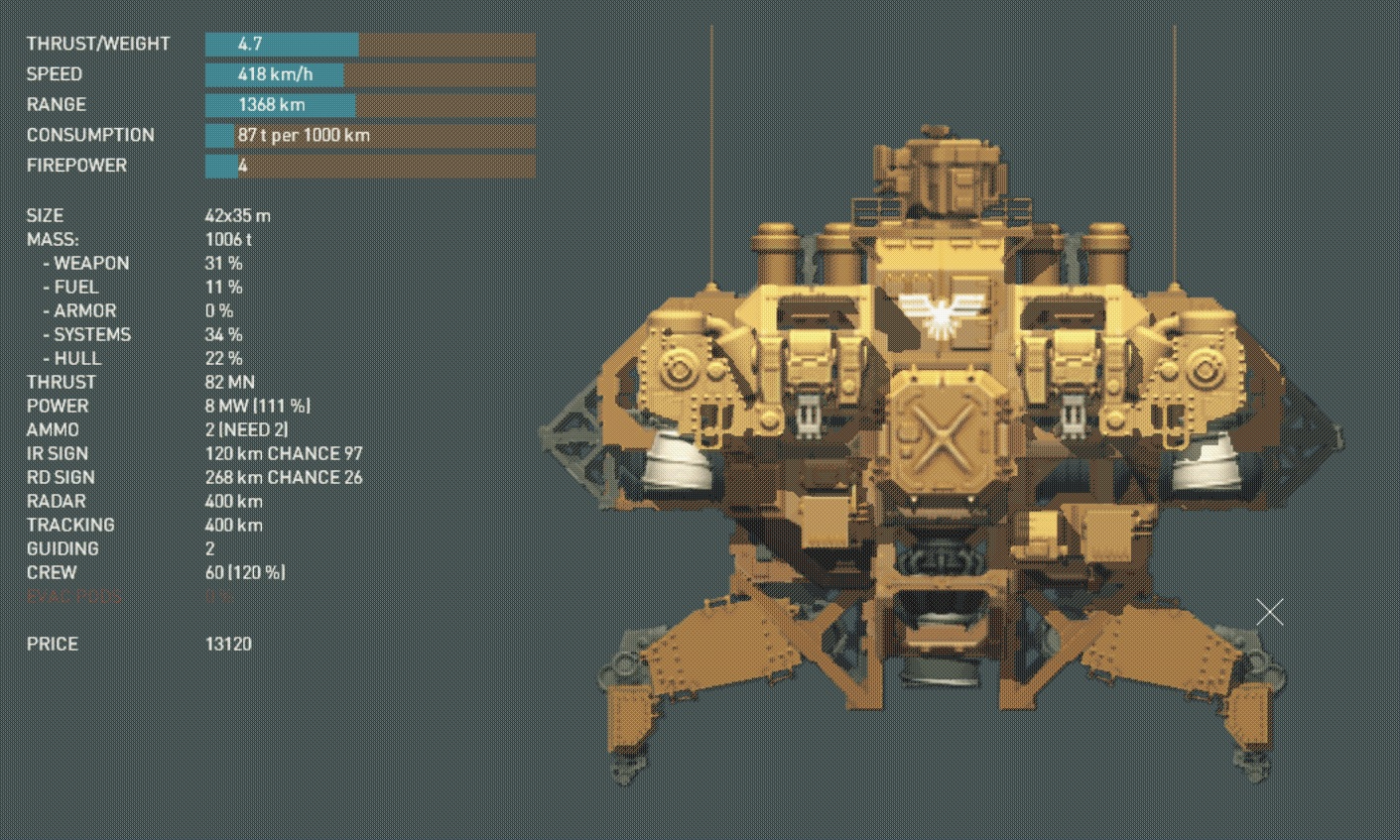
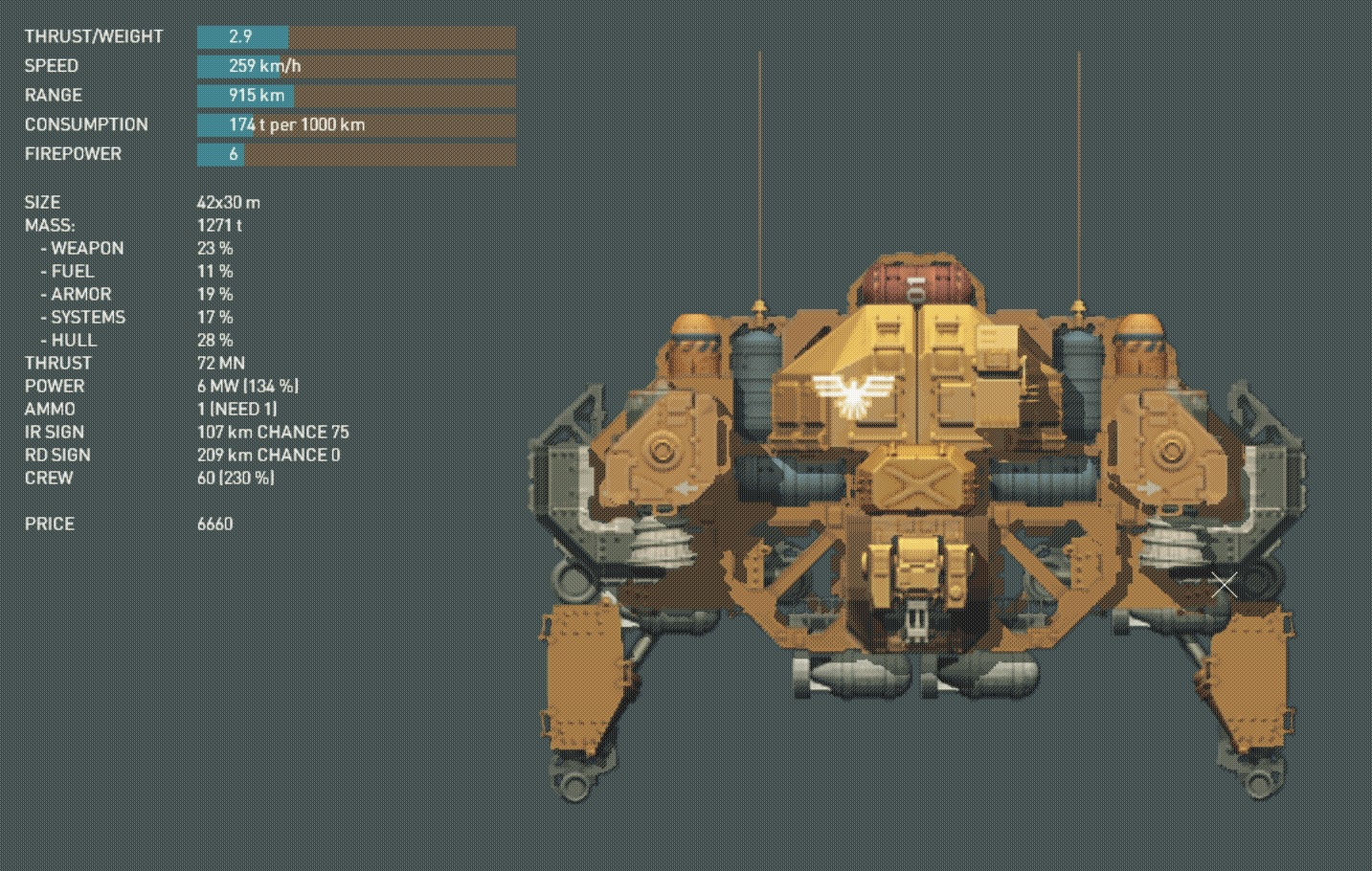
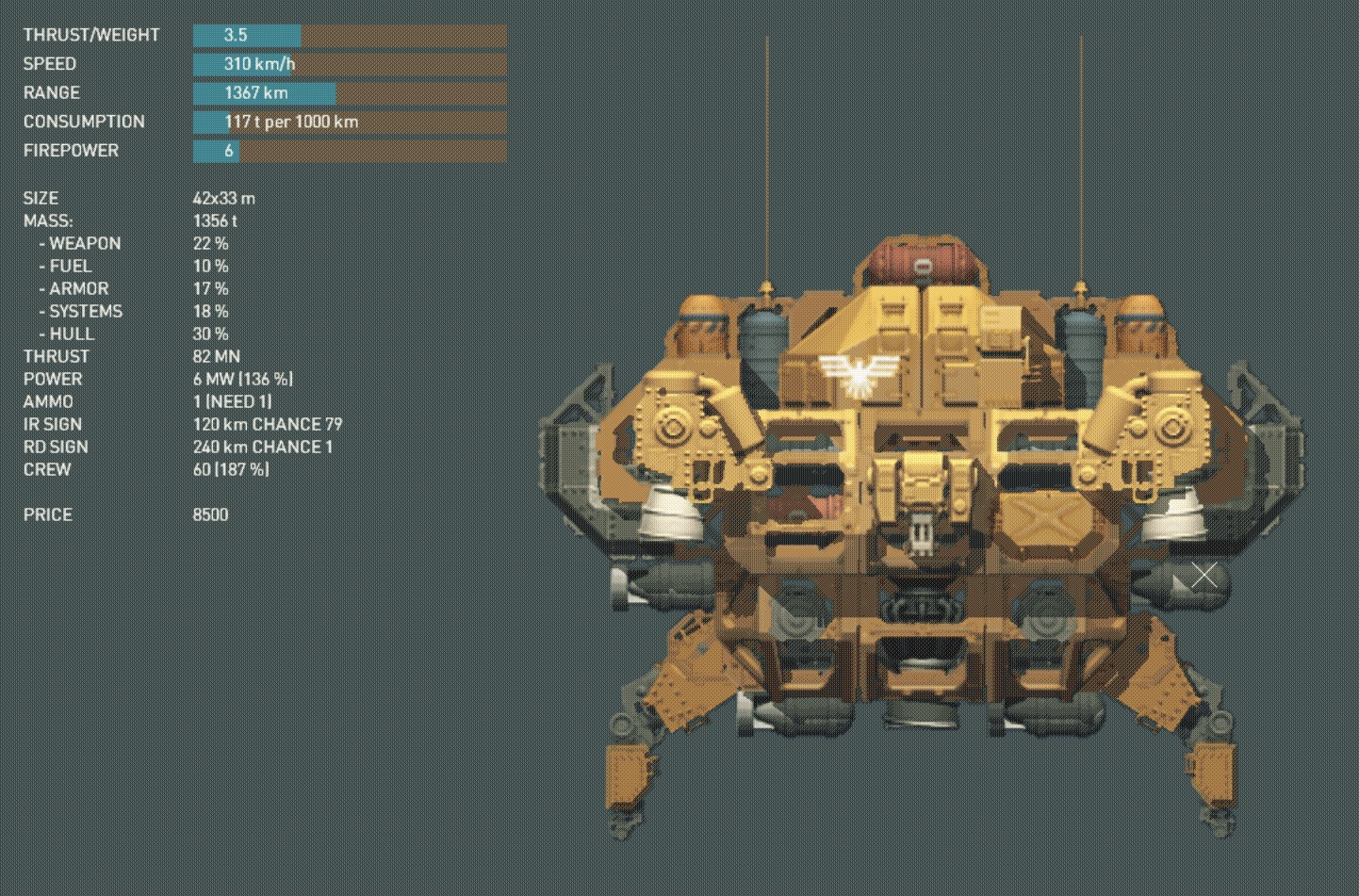
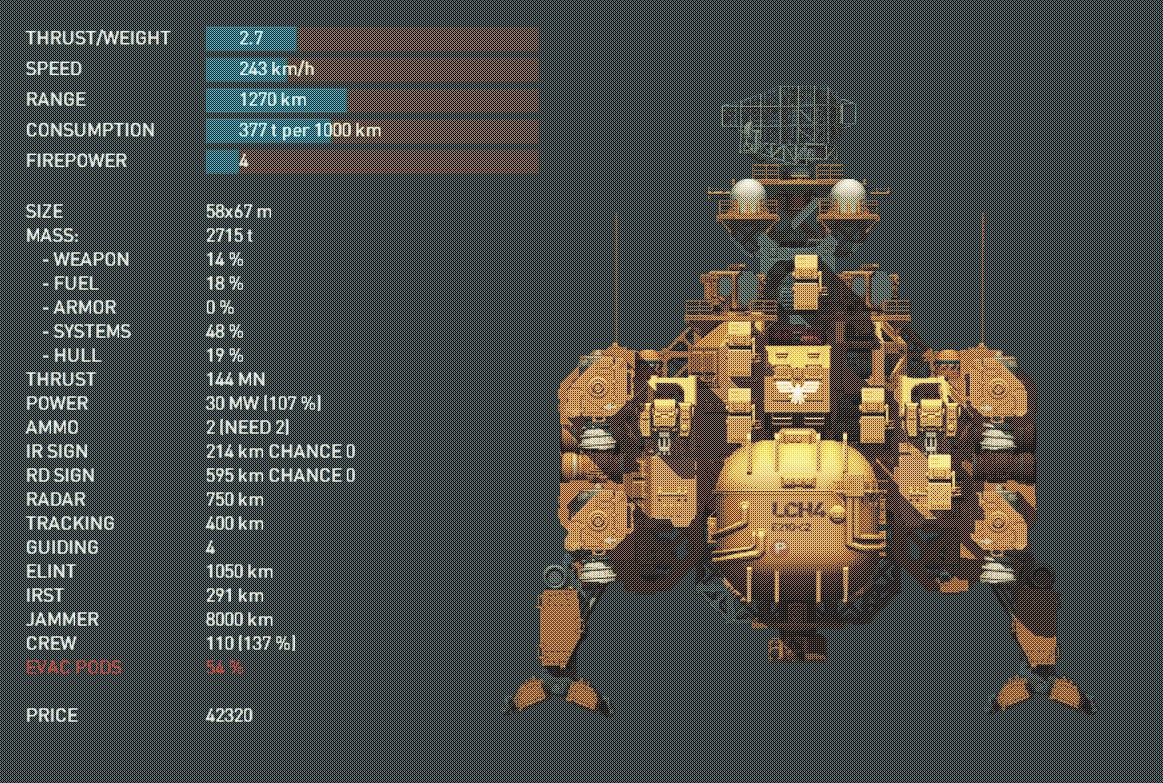
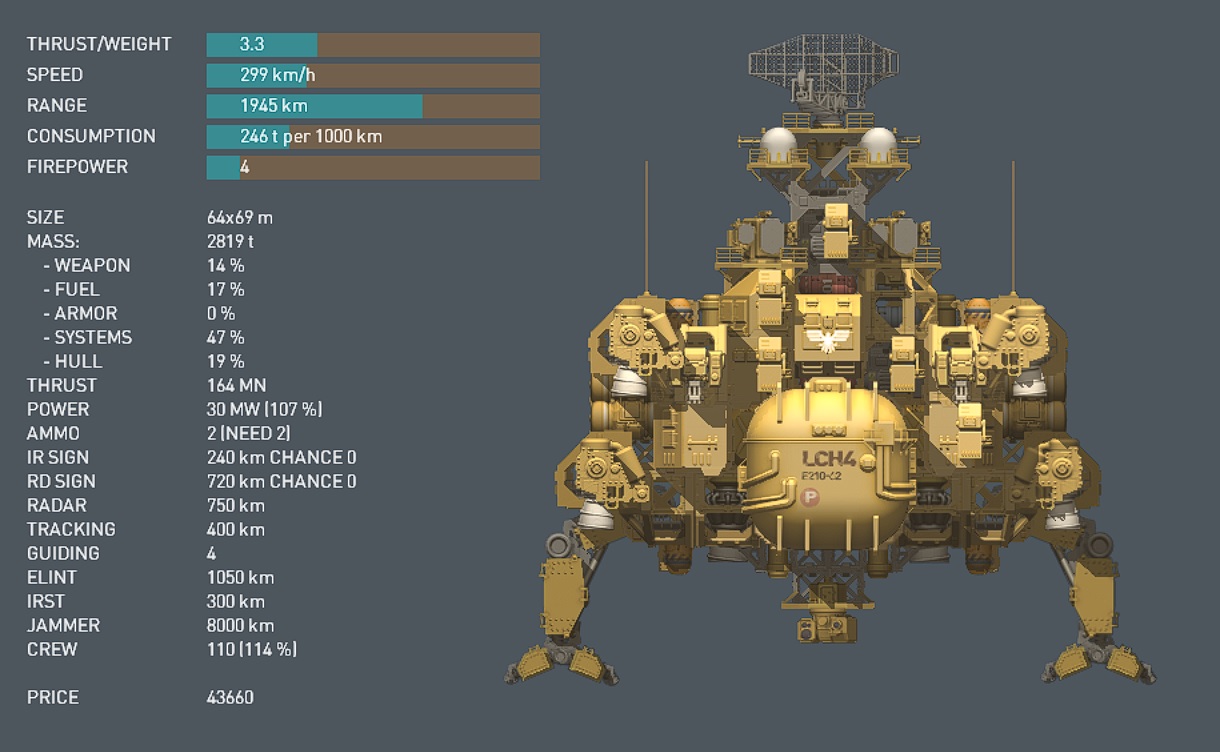
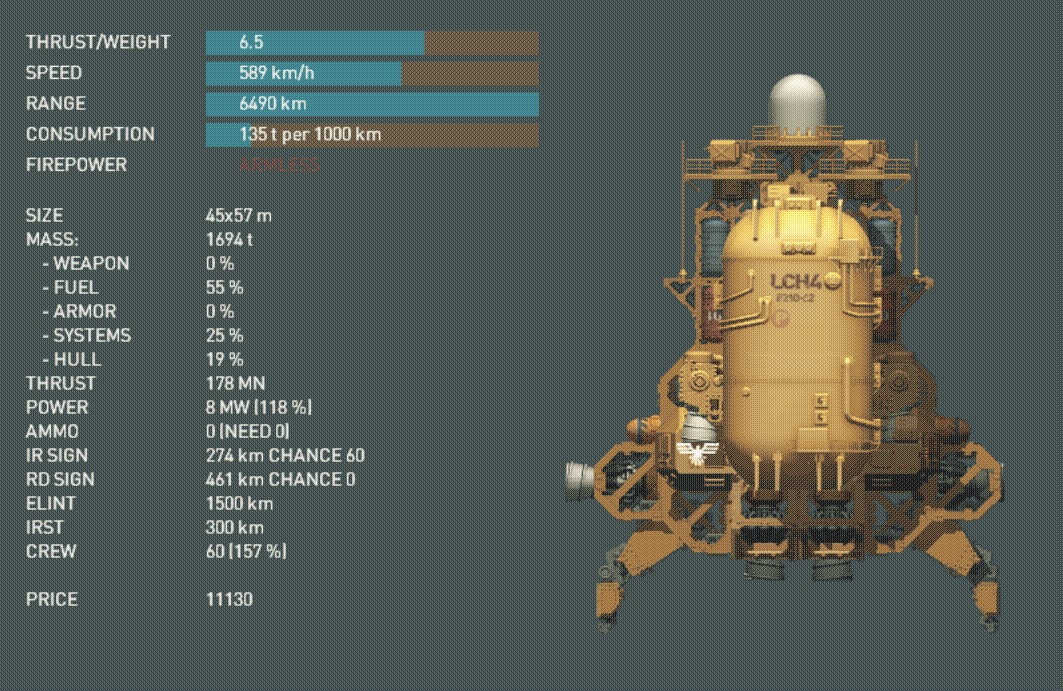
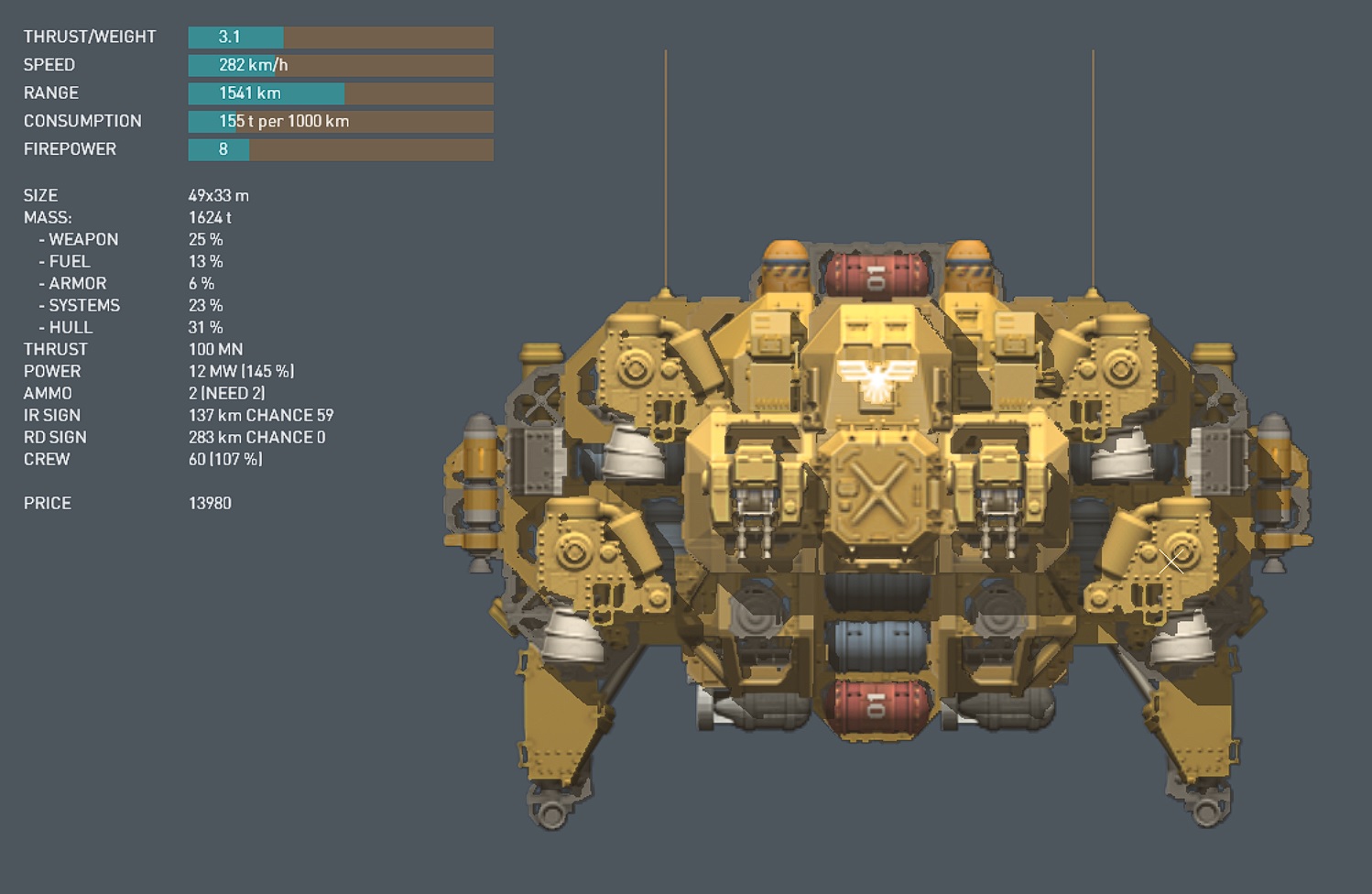
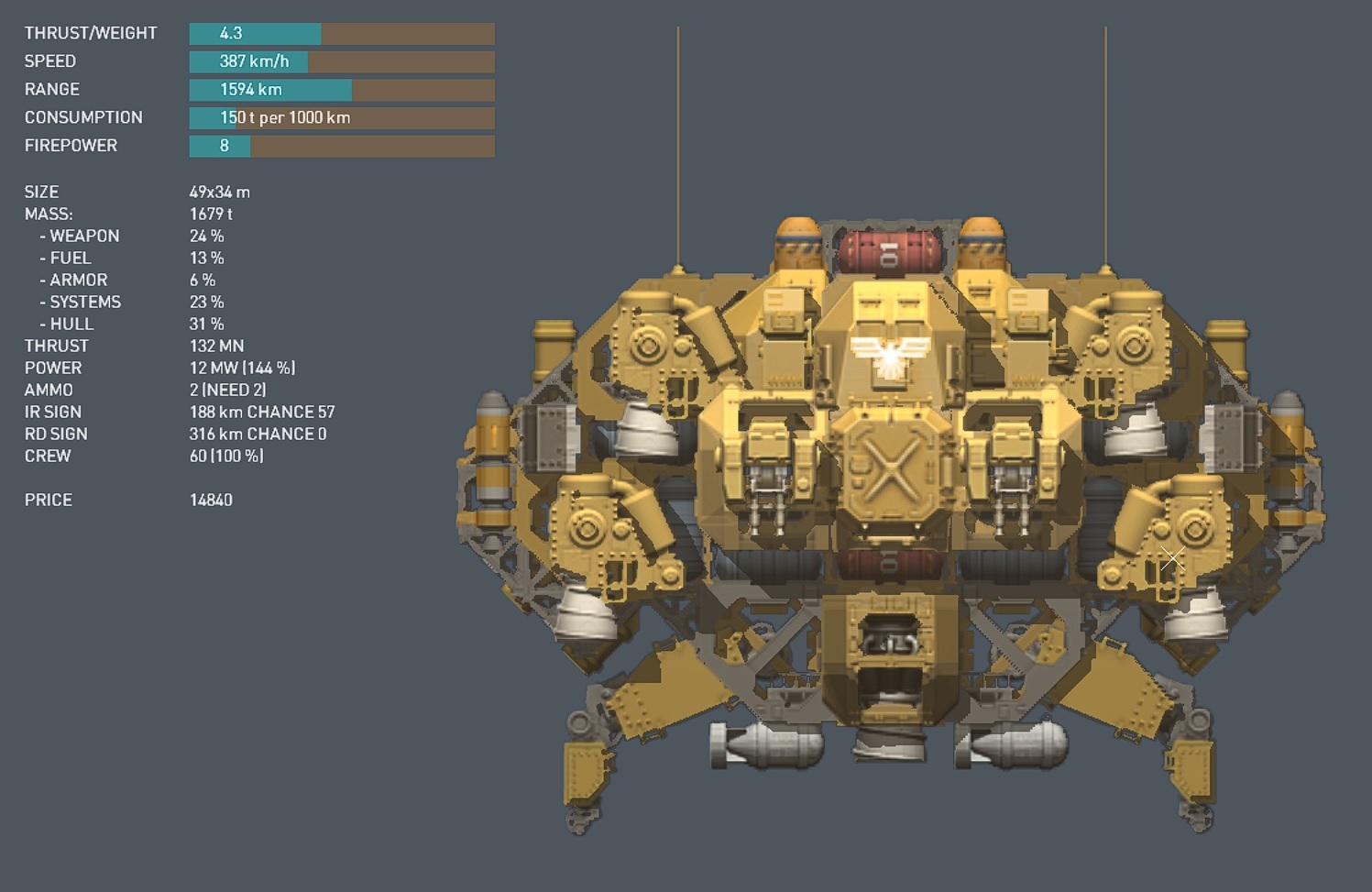
Leave a Reply